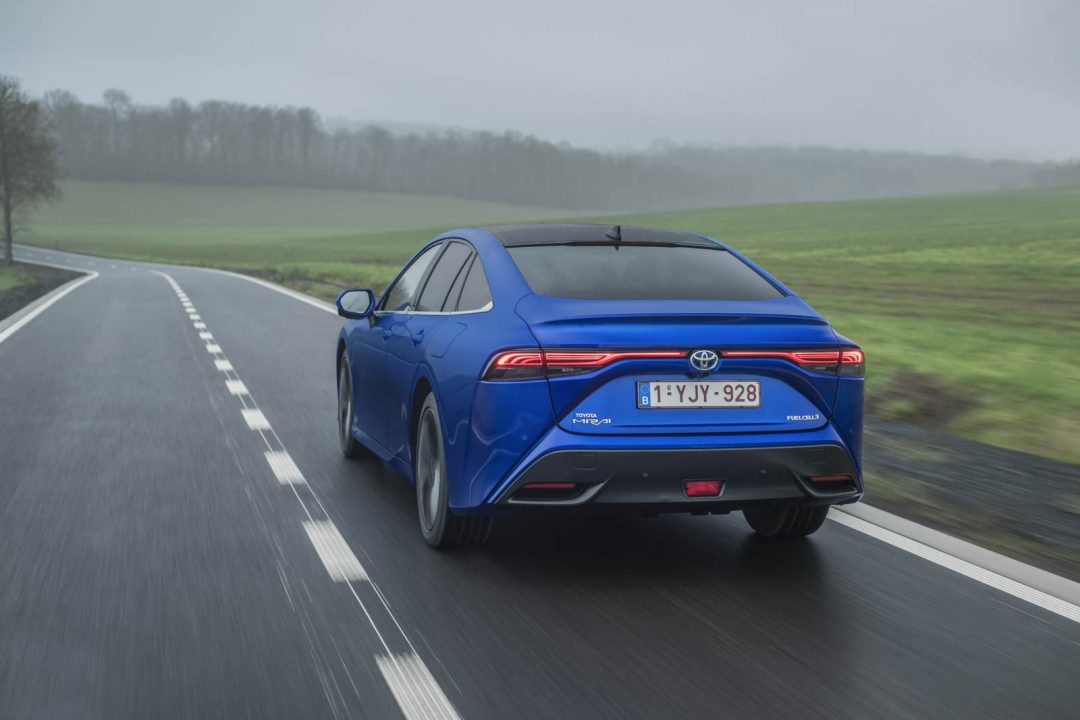
Toyota Mirai has a claimed range of just above 640 km between refills and the hydrogen tank can be topped up in a matter of five minutes
Toyota Kirloskar Motor (TKM) has today announced that the Mirai fuel cell electric vehicle has been introduced as part of the pilot project with ICAT (International Center for Automotive Technology). The Mirai FCEV is certainly one-of-its-kind and it will be produced at the brand’s manufacturing unit in Karnataka and it was previously spied on public roads as well.
The pilot project is to push the central government’s cleaner fuel solutions across the country as hydrogen fuel cell technology is considered as an alternative to conventional petrol and diesel fuels. The key advantage of FCEVs is zero tail-pipe emission as the end product will be water and the hydrogen tanks can be topped up in a matter of minutes.
The ministry of road transport and highway (MoRTH) told that the pilot project focuses on spreading awareness of alternative fuels, especially FCEV tech with the Mirai as Toyota and ICAT have joined hands. The Toyota Mirai showcased is the latest version sold in select global markets. The FCEV has been in production since 2014 in the international arena.
The second-generation Mirai made its global debut in October 2019 and it went on sale the following year with a number of updates inside and out. Chief among which is the increase in driving range of about 30 per cent courtesy of the increased hydrogen tank capacity. Last year, the Japanese auto major added the “Advanced Drive” system to the lineup.
It enables driver monitor camera and remote software updates along with a dedicated lane-centring system, advanced parking assistance and so on. The Mirai is also high on safety as it was rated five stars in the Euro NCAP crash test assessments last year. The sedan locks horns with Hyundai’s Nexon FCEV and both set records for the highest ever range.
The Mirai covered 1,360 km as it was the longest distance managed by an FCEV without getting pulled over for refuelling. The five-seater works in a way that the hydrogen fuel cell tech is utilised to generate electricity with a claimed power output of 182 hp and 300 Nm of torque. According to the brand, the hydrogen tank of 5.6 kg volume is good enough for a drive range of use above 640 km.

